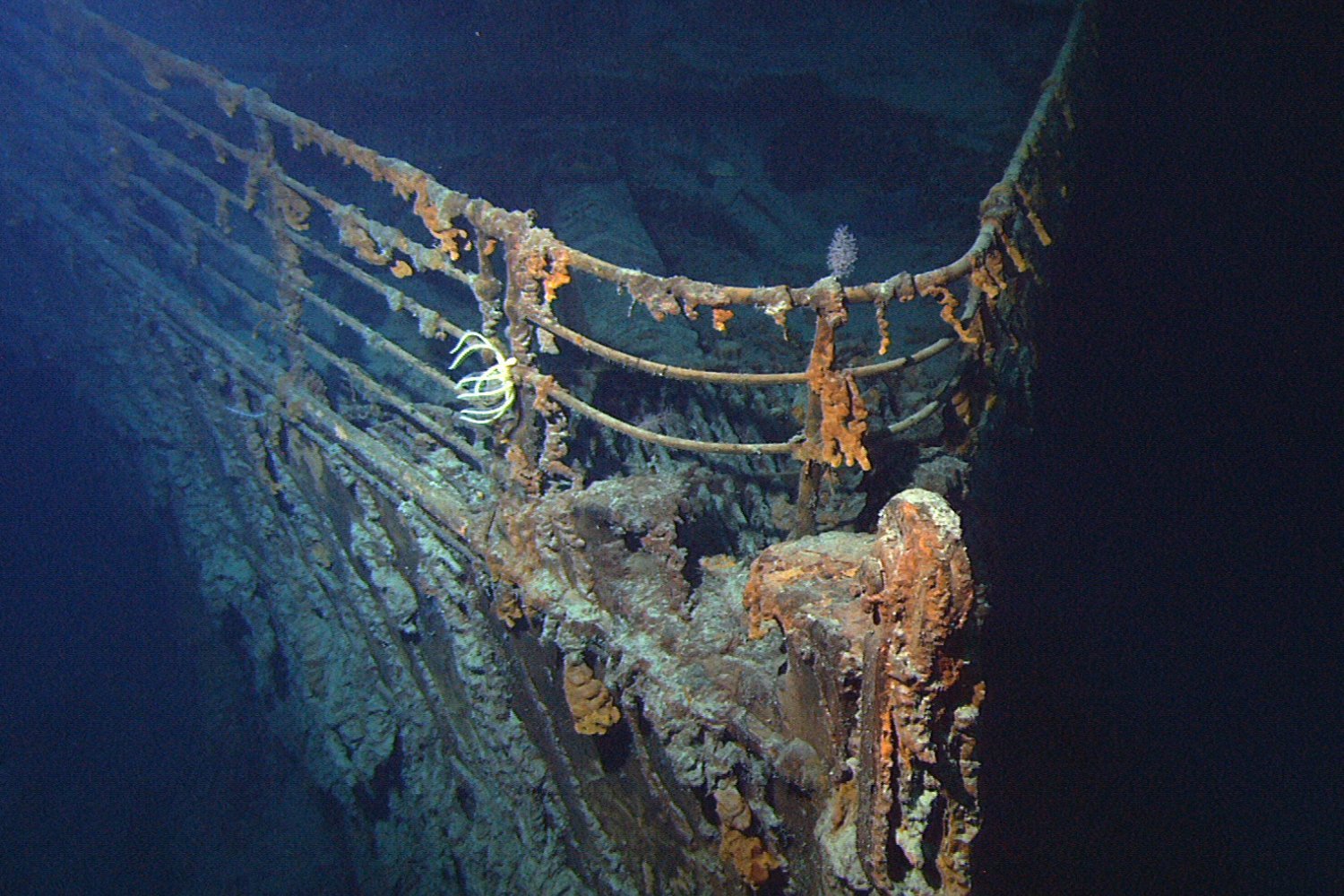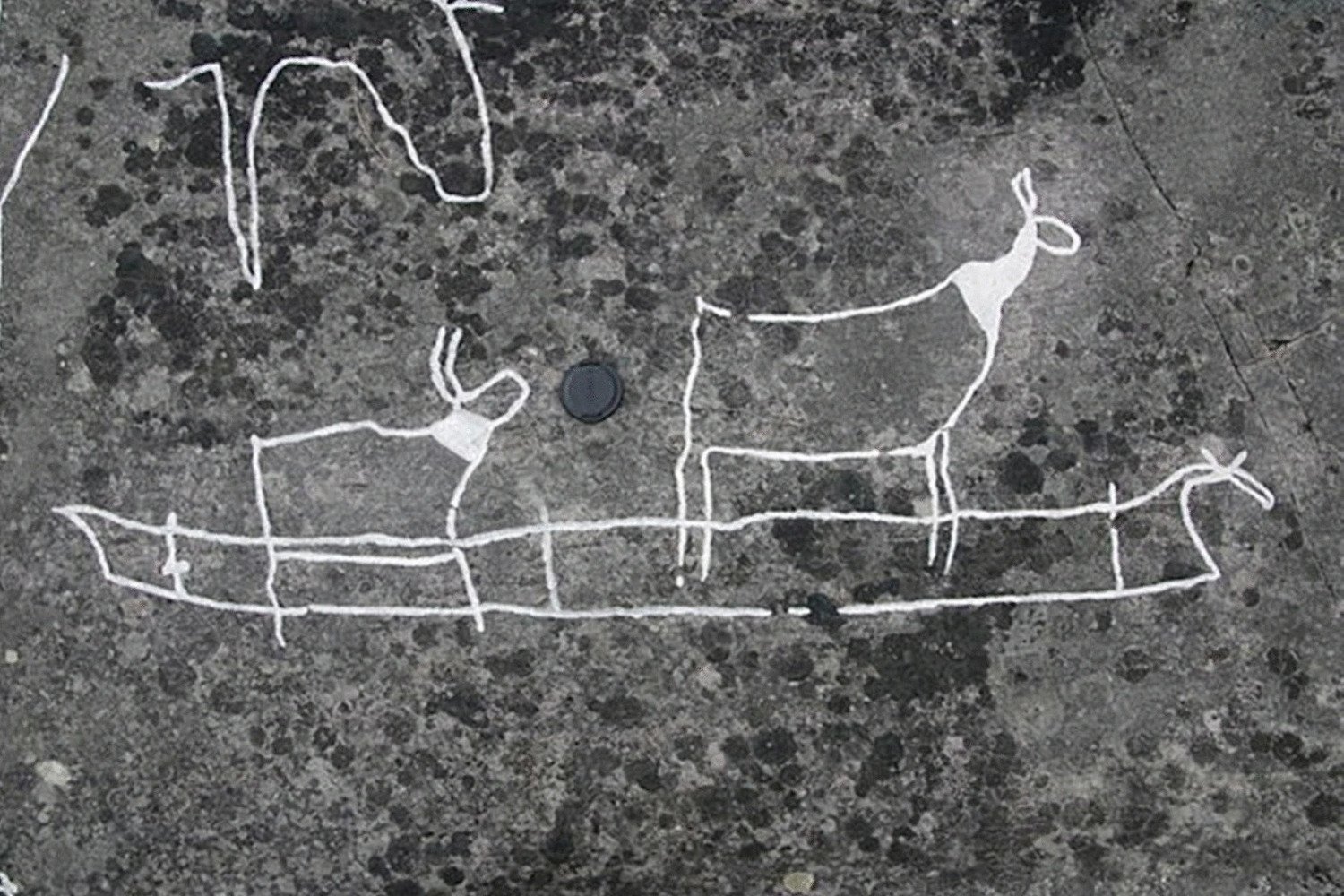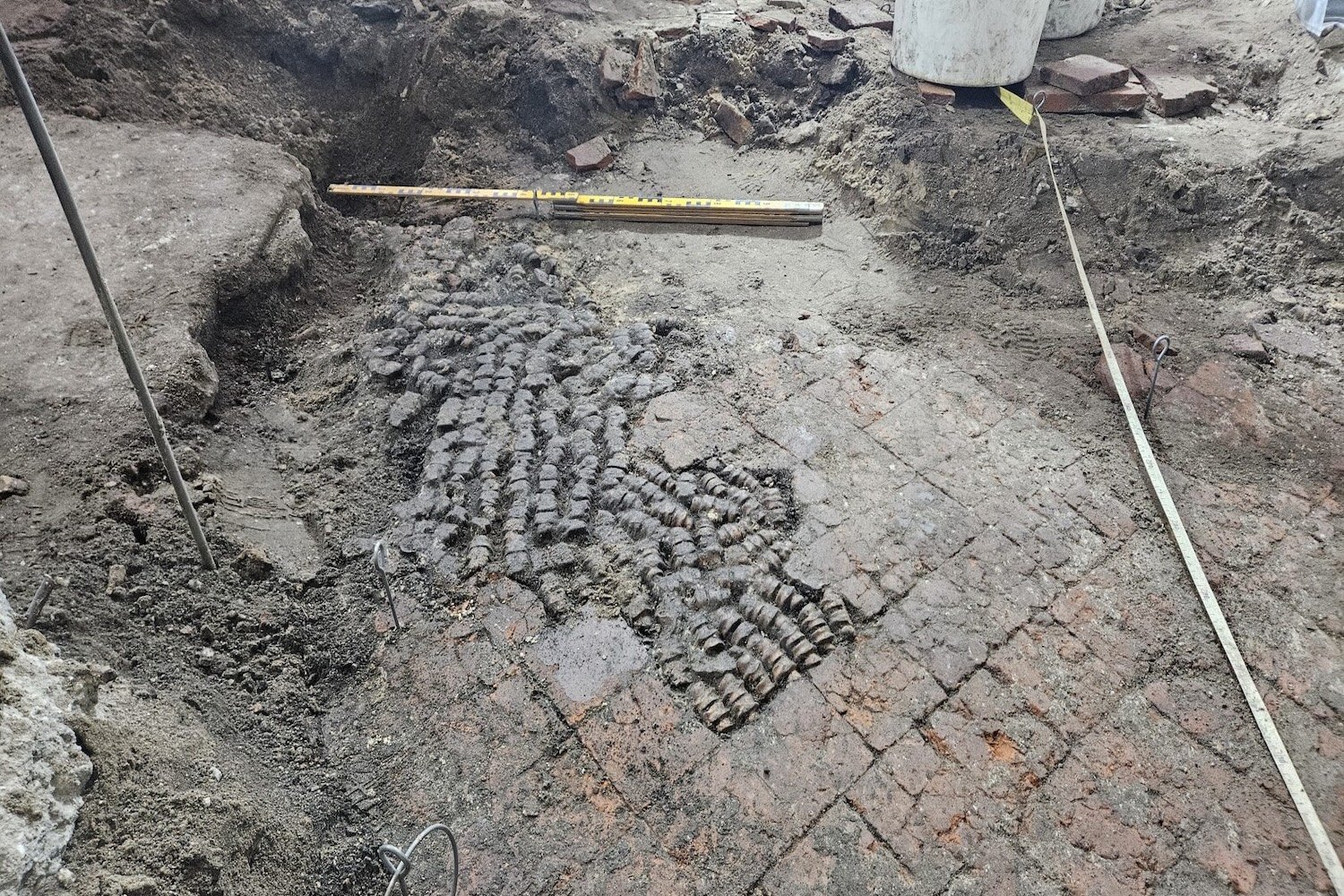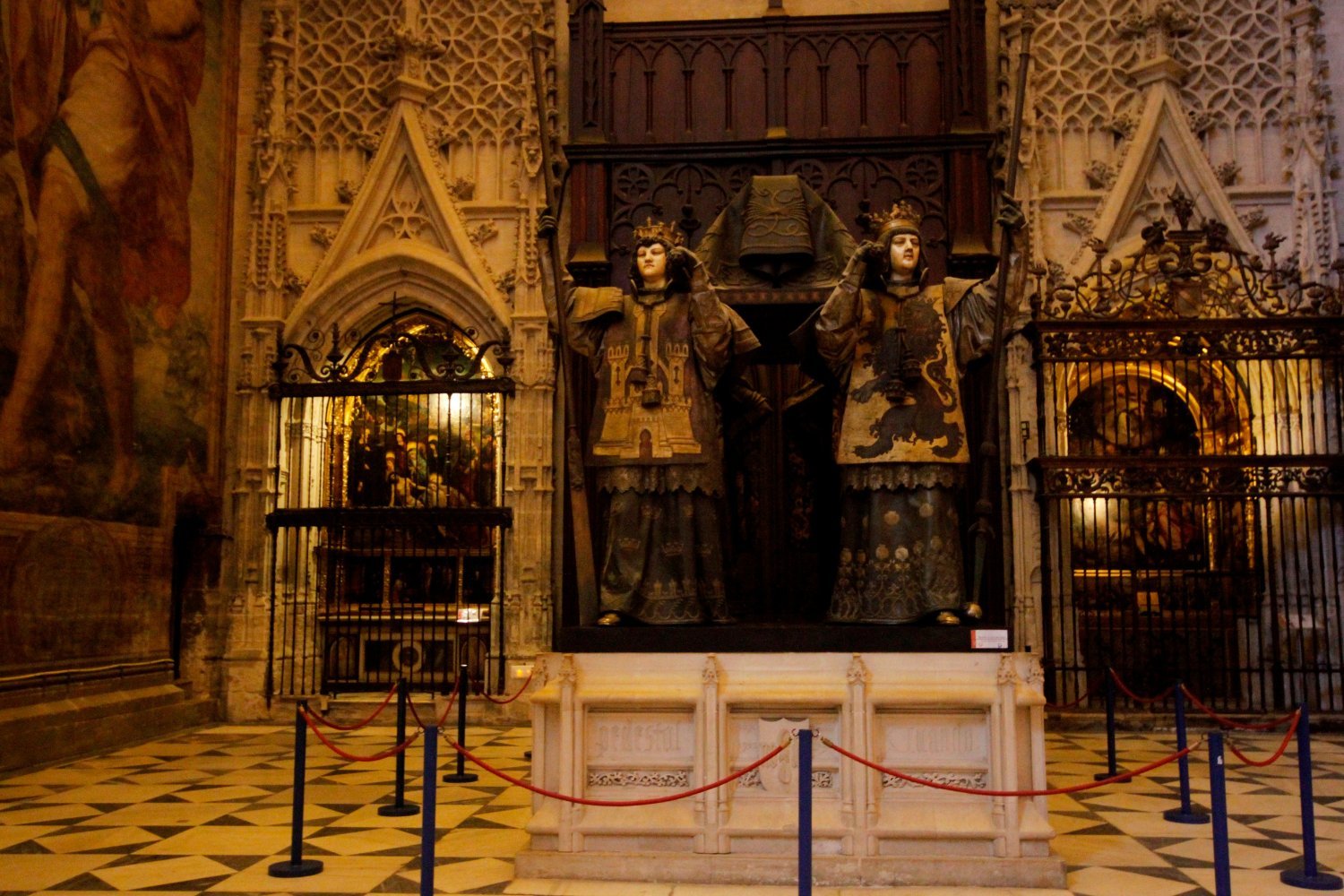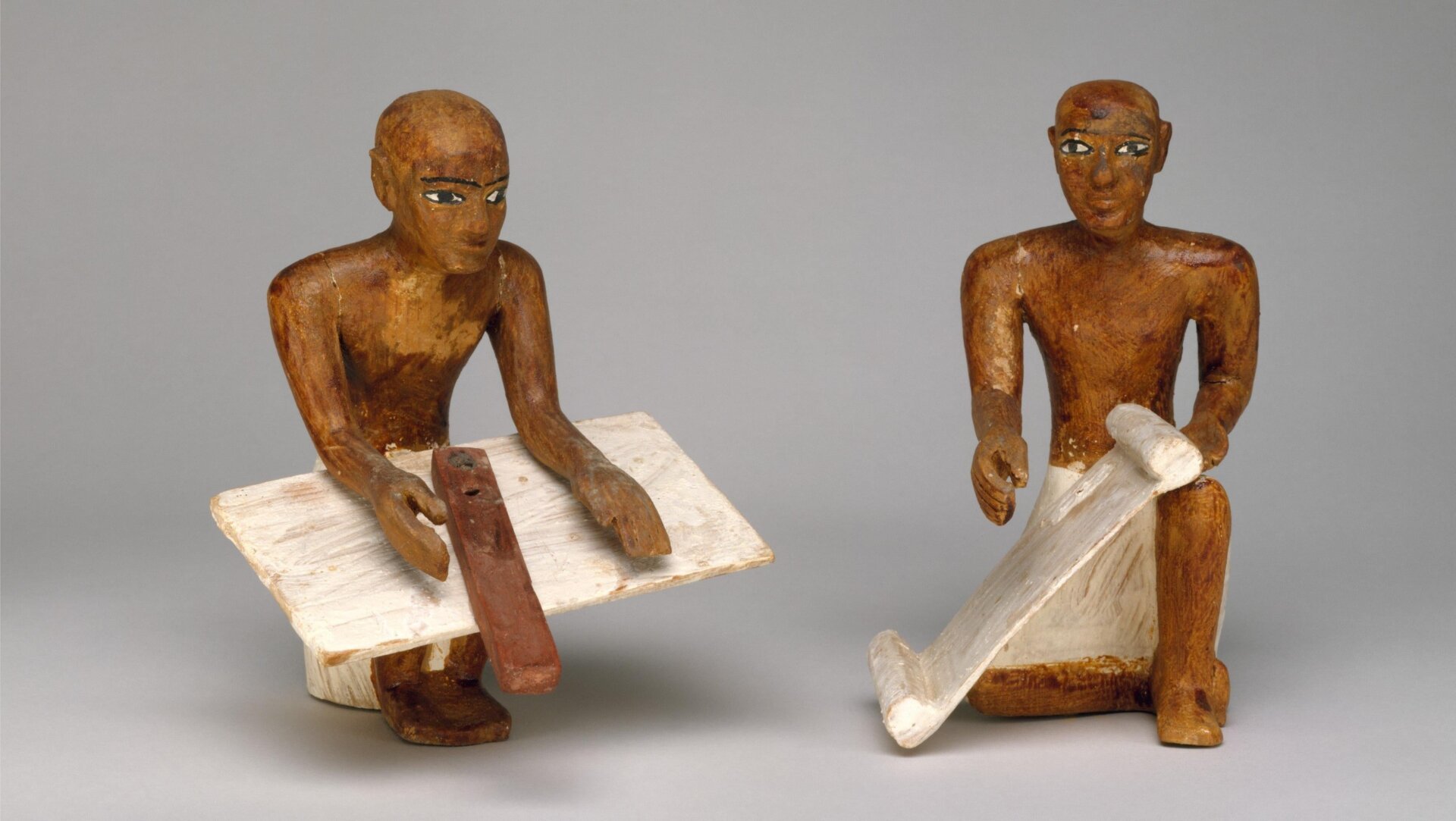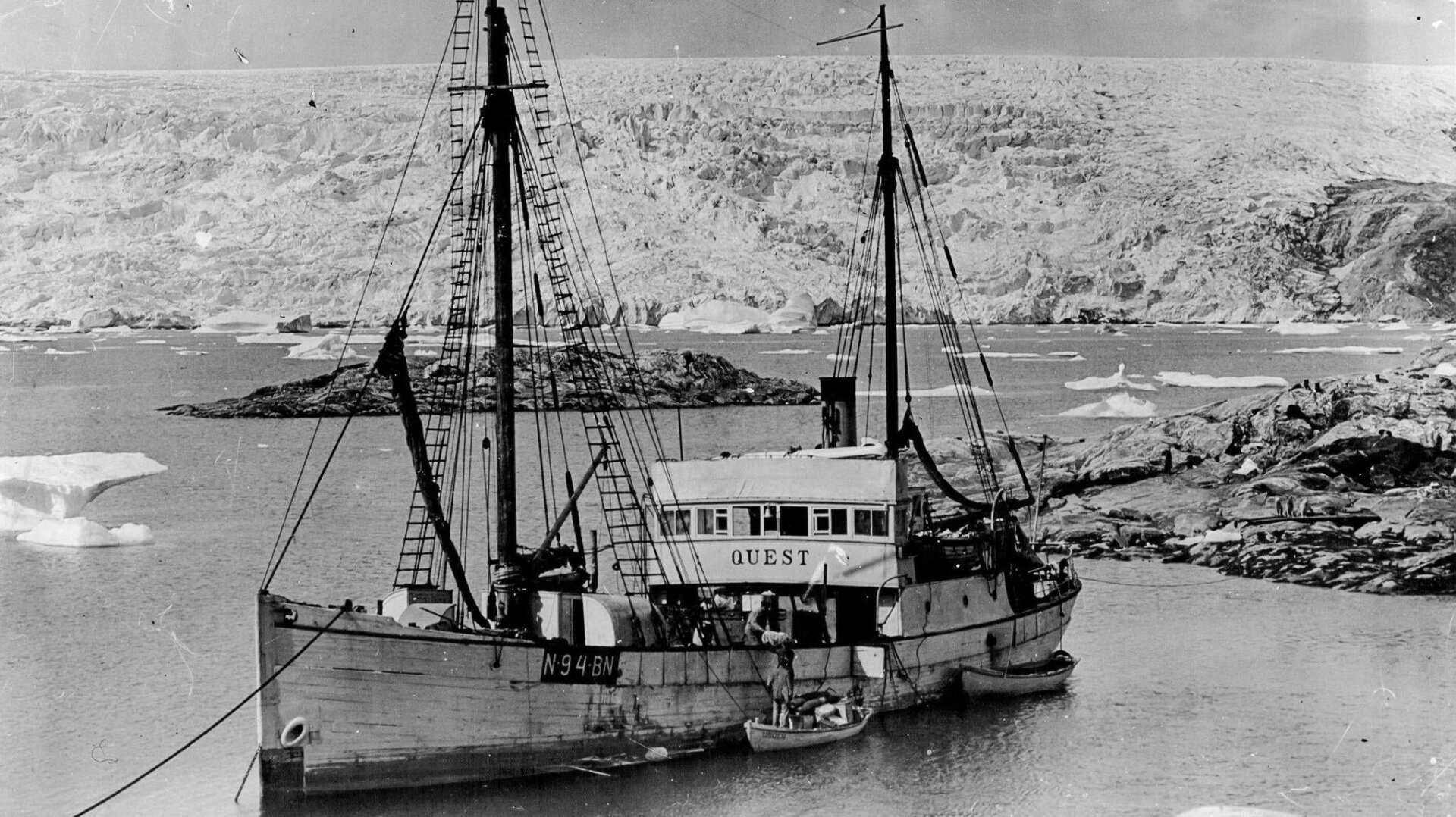The RMS Titanic‘s bow railing has suffered a significant collapse, according to RMS Titanic, Inc., the company holding exclusive salvage rights. This discovery, made during their latest survey in July 2024, marks a substantial change to the iconic shipwreck’s appearance. The collapse, which occurred sometime between 2022 and this summer, highlights the ongoing deterioration of the wreck under immense pressure at a depth of 12,500 feet (3,810 meters) in the Atlantic Ocean.
![]() The Titanic’s port railing on the Atlantic seabed.
The Titanic’s port railing on the Atlantic seabed.
Rediscovering Lost Artifacts and Mapping the Wreck
The recent survey also led to the rediscovery of the Diana of Versailles, a bronze statue that once graced the Titanic‘s first-class lounge. Originally found in the debris field during a 1986 expedition, the statue’s location was subsequently lost until this latest survey. In addition to rediscovering the statue, the team employed advanced technology, including LiDAR, sonar, and a hyper magnetometer, to capture over two million high-resolution images and videos, creating a detailed map of the wreck and surrounding debris field. This comprehensive mapping surpasses the 700,000 images used to create a 3D model in 2023.
![]() The bronze statue known as Diana of Versailles on the Atlantic seabed.
The bronze statue known as Diana of Versailles on the Atlantic seabed.
The Deterioration and Future Exploration of Titanic
The Titanic‘s deterioration is a natural process, driven by undersea microbes and the extreme pressure of the deep ocean. While the collapse of the port-side prow railing alters one of the ship’s most recognizable features, as immortalized in the 1997 film, it also presents new opportunities. The collapses offer potential for unobstructed access to the ship’s interior, potentially revealing further glimpses into the lives of those onboard. Previous discoveries, such as Captain Edward Smith’s remarkably preserved bathtub, offer poignant reminders of the human element of this historical tragedy.
![]() The bow with a collapsed section.
The bow with a collapsed section.
A Legacy of Loss and Discovery
The sinking of the Titanic on April 15, 1912, claimed over 1,500 lives, a tragic event that continues to resonate. The ongoing exploration of the wreck, despite its inevitable decay, provides valuable insights into the ship’s structure and the disaster itself. As the wreck continues to transform, further discoveries may offer a deeper understanding of this historic maritime tragedy, shedding light on the lives lost and the enduring legacy of the Titanic.



